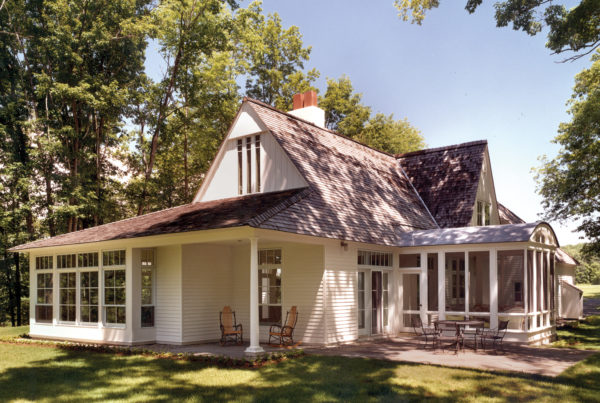With all the headlines of U.S. real estate roaring back, combined with a solid Asian appetite and reports of producers handsome earnings, following seven years of painful rightsizing, it should come as no surprise that production will respond. Upon quick review of production stats we can see that the combined production of the major producing regions is up over 10% YOY and to add to this tax free shipments to the US from Canada is up on average 15% in the first 4 months of this year, versus the last 4 of 2012. It’s a pretty safe bet to believe that we now have adequate production for this moment but don’t get lulled into the idea that painful market moves are behind us.
The industry has undergone a major consolidation phase and with concentration of production capacity, and concentration within the supply channel the reduction in the number of players, generally, is not good for the buyer—less liquidity, fewer suppliers, less customers. Adding to this primary mills are selling more products via contracts—specified volume per period of time and larger contract volume leaves smaller volumes available to the “open market” which consequently can be maneuvered to create shortages as just-in-time purchasing habits—avoiding suppliers and running inventories down to bare-bones levels during weak markets, consequently chasing smaller volume higher in strong ones. The bottom line is that a tighter supply chain that is more susceptible than ever before to sudden quirks, surges and volatility.
“There is a coming shortage of lumber” before you sign off on that contract consider that companies make fortunes playing off our fears. I often hear chatter of the coming super-cycle and shortage of lumber, although we may experience periods of “time” when supply is tight there is and never will be a shortage of lumber. Trust me on this, “if the prices get high enough we will find new ways to glue wood fiber back together, all the while waiting for the farmer that just restored all of his farmland to more valuable timberlands to harvest at a later date.” Are we using more timber than the planet can grow? Never, therefore it’s just the management of time or use of substitutes required until we can saw that timber up for more lumber.
To survive and thrive, you must anticipate what is coming and base your plans on what you think will be–not on what already is. If you have more than 6 months experience in this business you know someone that took an order and went back to cover the product at a later date and got a rude awakening when their project turned into a big fat looser. Alternatively, there are some big winners when the market goes the other way. However fingernails have been chewed down to cuticles for the sake of that nickel. Get the pitch and close away from the sale and move the process to one of a consultative approach that supports profitability throughout the duration of a project.Guaranteed Forward Pricing was developed as a source for consistent profit to our customers and it is with great pride that we have protected them from foolish losses often taken by the cowboy approach to pricing. Customers that learn the discipline and teach their builders the same improve and strengthen their long run value to one another. This approach to the business is a sales annuity and builds loyalty way beyond the daily deal that most traders fling around the marketplace.
The program was designed to build a strong and profitable foundation for our customers that use forward price protection, plainly said; “the program was not designed to create risk and pain, it is about taking it away.”
Guaranteed Forward Pricing: Sherwood Lumber takes pride in being the company that supports customer’s need to manage risk and strives to provide support to the complicated process of determining lumber prices at the request of locking prices on that future project.
Risk Management Options:
- Material Price Escalation Clause. If you Google the topic you will find plenty of articles related to building materials.
- More on Guaranteed Forward Pricing
- Keep up to date with Lumber Numbers: Try Lumber Numbers now for free









